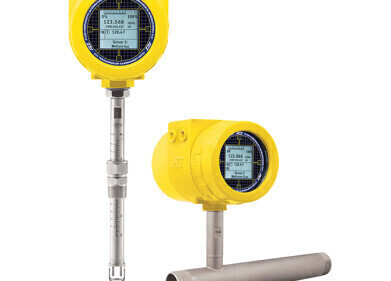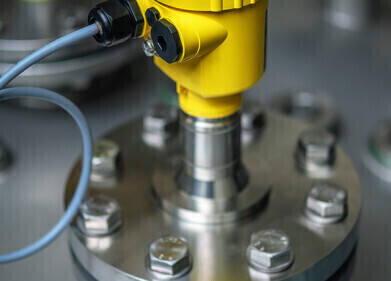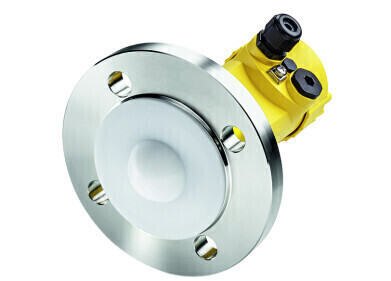Flow Level Pressure
Relief Valve Leak Detection System Reduces Risks and Costs
Jul 20 2010
Pressure Relief Valves (PRVs) are used extensively in oil refineries, chemical plants, pipelines, power plants, and other industrial applications as part of pressure-relieving systems to protect piping, boilers, vessels, and other pressurized assets from dangerous over-pressure conditions.
To help users ensure that these systems are supplied in accordance with recognised good engineering practices, a number of industry-specific standards exist. For example, American Petroleum Institute standards
API 521 (ISO 23251), API 526, and RP 520 all deal specifically with PRVs and pressure-relieving systems as used in the petroleum industries.
PRVs are particularly susceptible to leaks and the consequences of such leaks can be serious. These leaks can lead to dangerous operating conditions, increasing the risk to plant and personnel, cause damage to the
environment, which in turn results in regulatory fines/penalties, with all the negative impact to the public image/reputation of the company itself. In addition leaks will reduce process efficiency and profitability and cause a loss of raw, intermediate, or finished materials.
While most companies expend considerable resources to detect and mitigate leaks, usually in the form of routine inspection or observation regimens, current approaches have not proven entirely effective, and PRV leaks remain a significant challenge for industry.
Additionally, PRVs are frequently subjected to unnecessary maintenance. This occurs when a leak cannot be confirmed, but to err on the side of caution, preventive repairs, replacements, or overhauls are carried out “just in case.” This can drive the relative maintenance costs for PRVs very high.
Cost-effective and reliable online technology is now available to monitor critical PRVs for the presence of leaks. An online approach means that leaks are caught within minutes, incident severity (and associated consequences) is minimized, and costly routine inspection regimens are eliminated.
GE’s (USA) PRV Leak Detection System uses the Bently Nevada Trendmaster™ Pro architecture to gather periodic, online temperature and acoustic measurements and automatically analyze them in System 1™ software.
By using both temperature and acoustic measurements in complementary fashion, more reliable detection is available than when using either technology alone. These measurements are then processed through a special RulePak in System 1 software’s decision support engine. This RulePak contains sophisticated, embedded knowledge of PRV leak behavior, automatically detecting the presence of a leak.
Digital Edition
PIN 25.1 Feb/March
March 2024
In This Edition Safety - The technology behind the ION Science Tiger XT - Safety with ammonia and LOHCs as hydrogen carriers Analytical Instrumentation - Discussion on new tribology te...
View all digital editions
Events
Apr 28 2024 Montreal, Quebec, Canada
Apr 30 2024 Birmingham, UK
May 03 2024 Seoul, South Korea
May 05 2024 Seville, Spain
May 06 2024 Riyadh, Saudi Arabia


















